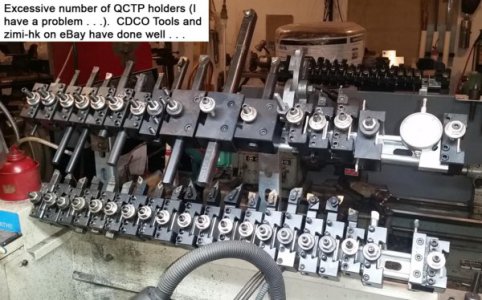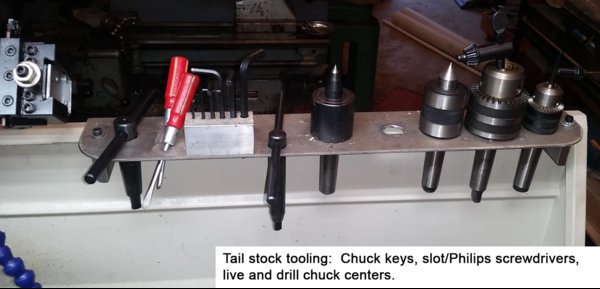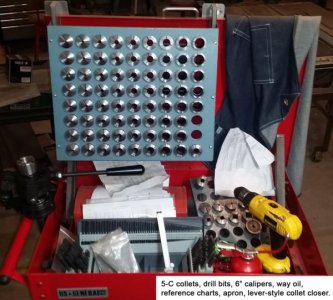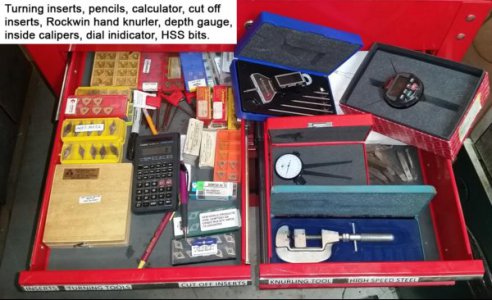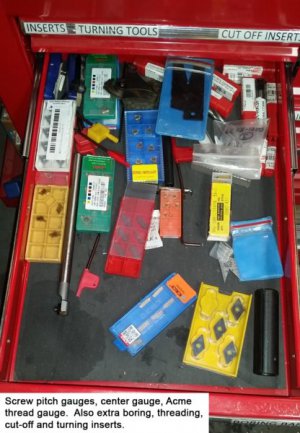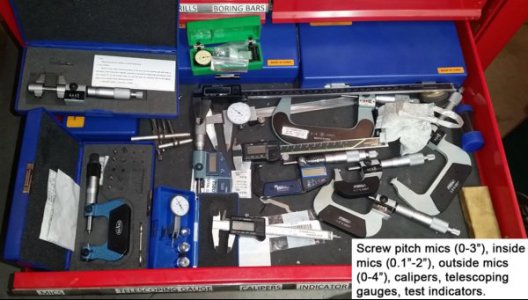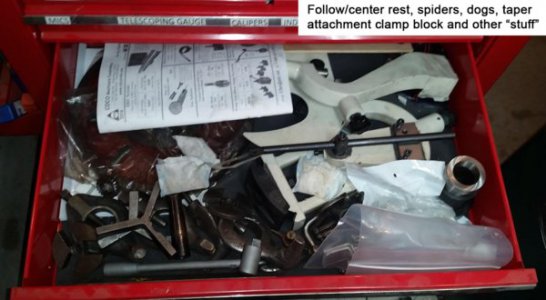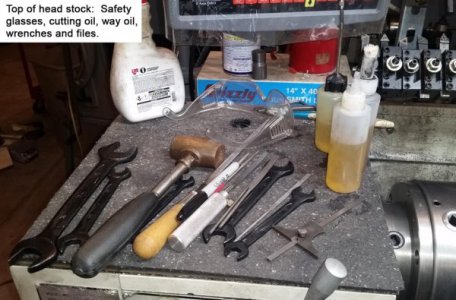- Joined
- Apr 30, 2015
- Messages
- 12,243
I like using Coleman camp fuel (naphtha) for degreasing, it's easy on paint and evaporates fast. Low odor.
Mark S.
Mark S.
Ok. So I order an 1127. What do I need to get it ready to make chips? I've never set up a new machine before. Reading up, sounds like after running things a bit for testing, I would be smart to clean it up really well and change the oil.
Can it sit on my bench or does it need to be bolted down? I can get some dead trees in to make a stand too. Might be a fun project while I wait.
I'm looking at the manual for the 1228 as Matt has mentioned they are very similar.
Things to get...
Degreaser to remove the "waxy oil". They recommend against brake cleaners and acetone. Any recommendations?
Fresh oil. Type? ISO 68.. Any recommended brands?
It mentions including an oiler, so I'm probably good there.
Some round stock of the previously mentioned types. 1" diameter?
Remove schmoo
Check oil level
Test and inspect
Clean and oil change, lube the ball oilers
Level and test for taper etc..
Turn perfectly good stock into chips..
Drool over other tooling I'll want later (there's always another tool to drool at)
I know there are some similar posts, but I hope you guys will offer suggestions anyway. I have been searching and reading, but getting a little bogged down in it...
I have a pretty hard budget of $3000, including shipping. Items have to be available to purchase from a normal web store. EBay etc is going to cause problems as it's not me doing the actual ordering. I need to be able to supply a simple web link and basic info so they can put in a card and order. The lathe, stand, and shipping come to about $2500. I don't need the best quality, but better than Harbor Freight.
Lathe is PM 1022V/1030V (depending on how long it takes for 1030s to come in)
I know I want a tailstock drill chuck, I'll probably order that from PM with the machine.
PM has some holder and insert sets that look nice. Grizzly has something similar that includes a cutoff/groove tool. I do want to be able to cut slots for snap-rings and o-rings eventually. And parting off is needed.
Slower machines will not be able to use the speed capabilities of carbide inserts, but they can still use the convenience and wearing potential. For achieving a good surface finish at lower speeds, buying sharp positive rake inserts and/or sharpening the carbide inserts might help.I like the idea of the inserts, but does this lathe have the speed to use them properly?
